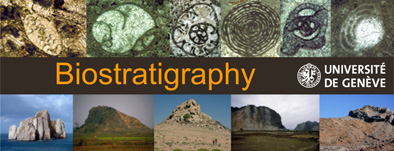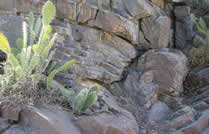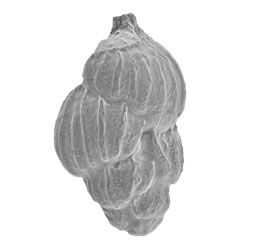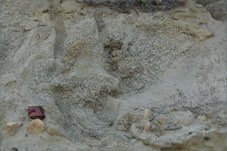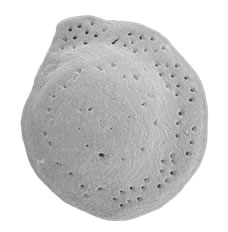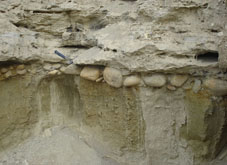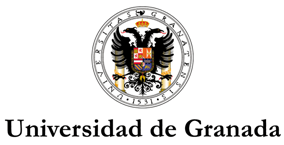MY RESEARCH
Under the supervision of Dr.
Impact of the climate on the Plio-Quaternary sedimentary infilling of the Guadalquivir Basin (S Spain).
This research project aims to analyse the impact of the global climate on the sedimentary infilling of the Guadalquivir Basin and to study the paleoceanographic changes which occurred in the northeastern Atlantic during the Plio-Quaternary continuing the research work that I have performed during my PhD thesis. For that purpose, several marine cores will be studied. The cores are located in the western area of the Guadalquivir Basin and they have an excellent record with Plio-Quaternary sediments. In these cores, the Plio-Quaternary paleoclimatic record will be studied by means of the analysis of changes in the global climate, and regional and local climatic events that could be recorded in the sediments of the basin. To that end, the chronology of the sediments of the basin will be improved including the dating of the Miocene-Pliocene boundary. Another objective is to define climatic cycles during the Pliocene and the Quaternary. Moreover, paleoceanographic changes produced by the opening of the Strait of Gibraltar and the re-establishment of the Mediterranean Outflow Water (MOW) will be analysed. This is very important because the MOW is a source of dense waters for the North Atlantic and promotes the Atlantic thermohaline circulation.

To fulfill the aims of this project, a detailed paleoenviromental reconstruction of the study area based on the benthic foraminiferal assemblages will be carried out. These microorganisms live linked to the seafloor and provide abundant information about paleoenvironmental parameters such as salinity, oxygen content, type of substrate, organic matter supply, water depth, etc. In addition, stable oxygen and carbon isotopes will be performed on the best preserved benthic and planktonic foraminifera. The planktonic and benthic O and C stable isotopic values will provide essential information about surface and bottom water conditions including paleoenvironmental parameters such as temperature, salinity, oxygenation and nutrient content. Combining benthic foraminiferal assemblages and O and C stable isotopic data, it will be possible to study the paleoclimatic and paleoceanographic changes that occurred during the Pliocene and Quaternary at global, regional and local scale.

RECENT PUBLICATIONS
2013
- Pérez-Asensio, J. N., Aguirre, J., Jiménez-Moreno, G., Schmiedl, G. and Civis, J., Glacioeustatic control on the origin and cessation of the Messinian salinity crisis. In: Global and Planetary Change, 2013, vol. 111, p. 1-8.
- Jiménez-Moreno, G., Pérez-Asensio, J. N., Larrasoaña, J. C., Aguirre, J., Civis, J., Rivas-Carballo, M. R., Valle-Hernández, M. F. and González-Delgado, J. A., Vegetation, sea-level and climate changes during the Messinian salinity crisis. In: Geological Society of America Bulletin, 2013, vol. 125, p. 432-444.
2012
- Pérez-Asensio, J. N., Aguirre, J., Schmiedl, G. and Civis, J., Impact of restriction of the Atlantic-Mediterranean gateway on the Mediterranean Outflow Water and eastern Atlantic circulation during the Messinian. In: Paleoceanography, 2012; vol. 27, PA3222, doi:10.1029/2012PA002309, 14 pp.
- Pérez-Asensio, J. N., Aguirre, J., Schmiedl, G. and Civis, J., Messinian paleoenvironmental evolution in the lower Guadalquivir Basin (SW Spain) based on benthic foraminifera. In: Palaeogeography, Palaeoclimatology, Palaeoecology, 2012; vol. 326-328, p. 135-151
